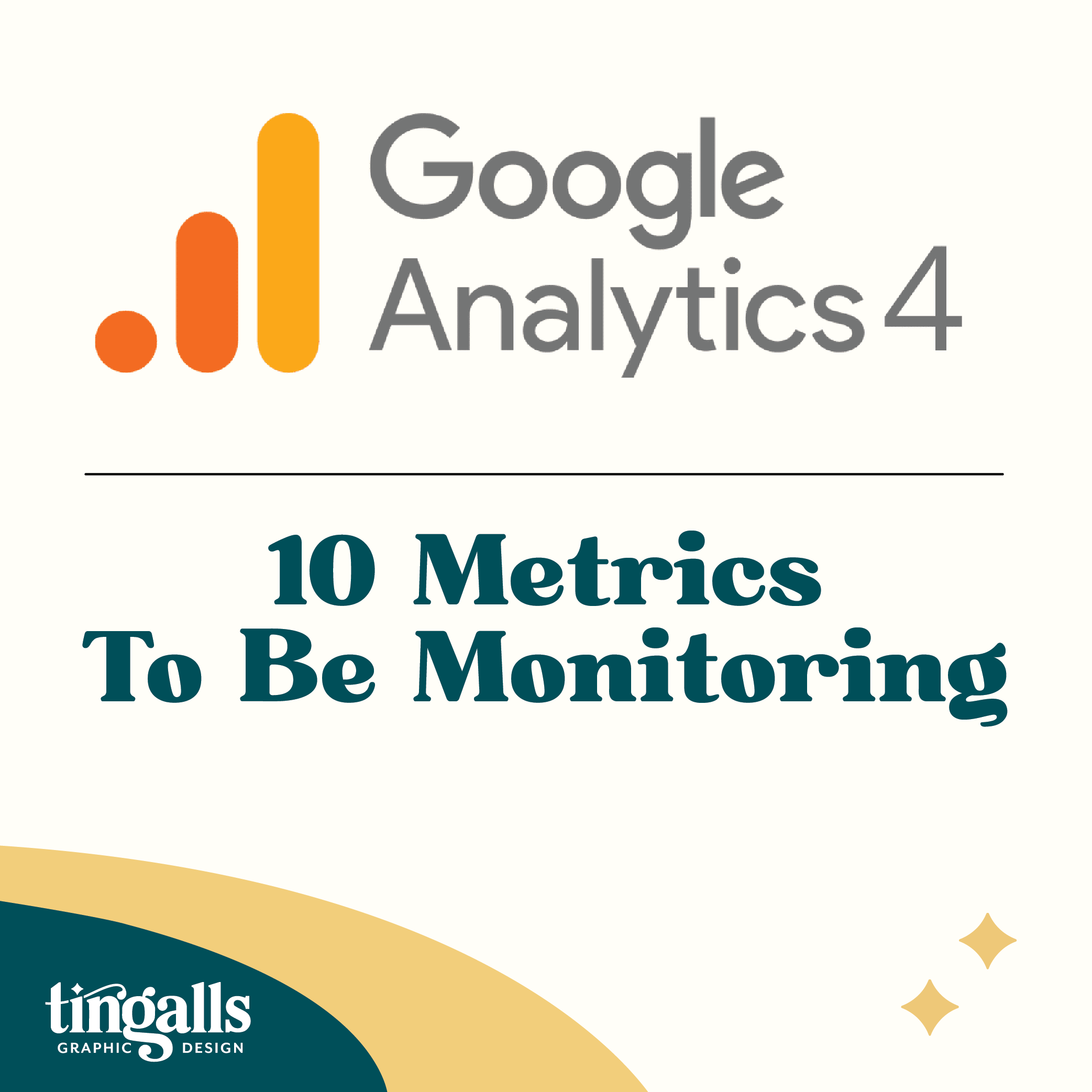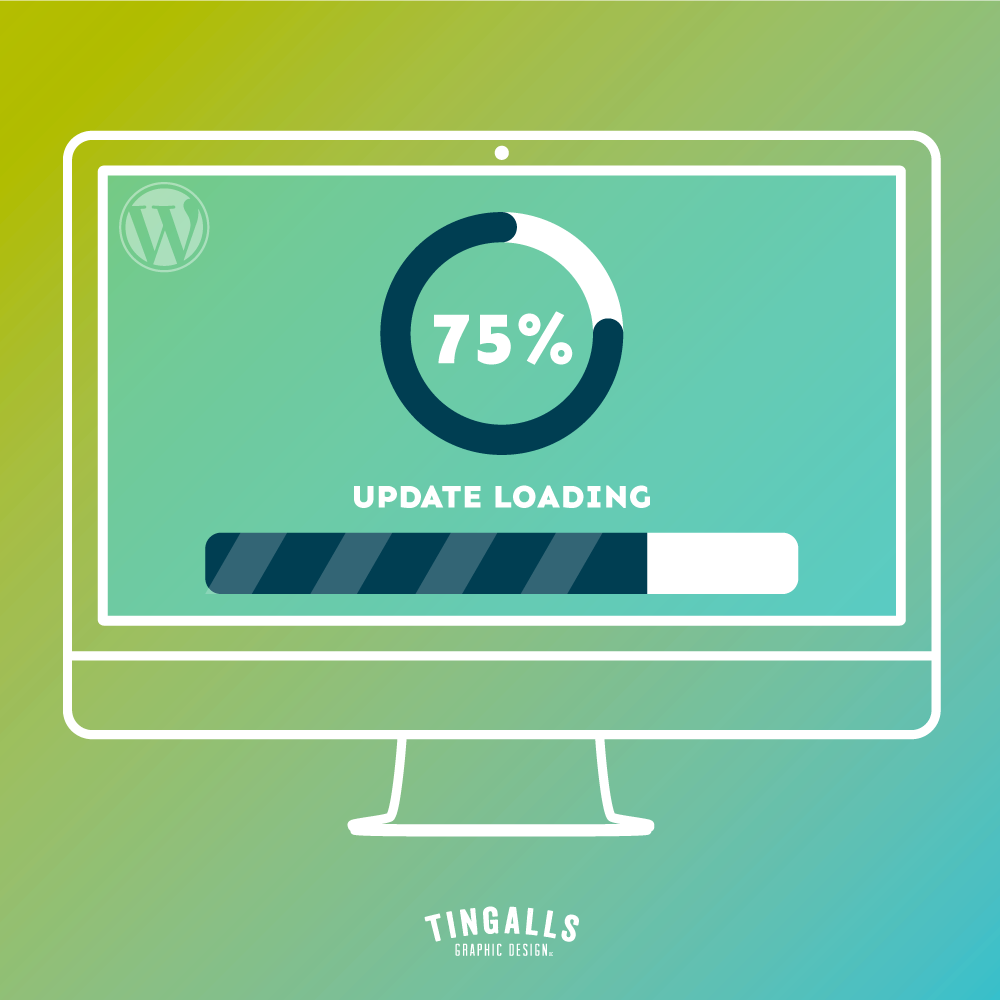Web Design: 2016 and Beyond
It seems hard to believe, but web design has been a “thing” for more than 20 years. In those two short decades business as we once knew it changed more than it had in the previous 200 years. The Internet revolutionized small business – and continues to evolve at lightning speed.
The Internet came with a few caveats, however. It was the great leveler, allowing small business to compete with their larger, slower moving cousins. Suddenly, Small Local Business was just as viable as a Large Corporation. But small business had to adapt their offerings as well – small business was suddenly competing (if indirectly) on the global stage.
 Enter Web Design
Enter Web Design
This new technology needed a wrapper – something to allow businesses to showcase their unique features. Thus a new breed of artist emerged – half technician and half graphic designer, the proto-type web designer of the 1990s was a highly sought after, and newly essential member of any marketing/communications team.
In the early 2000s, the tools had changed – the classic design tools began to adapt to their new uses and more specialized web-centric software tools were released. The Web Designer and Web Developer branched off from one another and developed into two separate disciplines.
As the web evolved, so did the web browser, the software through which we view the web. As browsers battled for desktop dominance by adding new features and different methods for parsing our beloved HTML, web designers began to optimize their design methods to exploit new features. An expensive pattern of update-revise-update was established.
Web Design: Past and Ever-Present
In 2015, that pattern is still necessary, but the revisions happen in a much smoother fashion due to technologies like Content Management Systems and Cascading Style Sheets. Web designers now construct flexible, adaptive and complex websites – that are curated by their owners.
It’s true, you no longer need a specialist to update your website content. But you still need highly trained specialists to create the site. Web Design is a discipline that blends two concepts seemingly at odds – the past, in the form of experience and the honing of a very technical skill, and the future by way of continually growing and changing skills and abilities. This dichotomy is further exacerbated by legacy systems and new demands of content and search engine optimization.
Tingalls Graphic Design brings both experience and continual learning to its web design process. Our project managers and designers, who have often already helped you develop your brand and marketing materials, are experts in web design as well. By staying up to date on browser software, user experience (UX) best practices and updates to HTML, our team can help you create a website that meets your needs and exceeds your expectations. For more information about our web design process, click here to send us a note!
Also check back next week for Part II – Tools, Terms and More.



